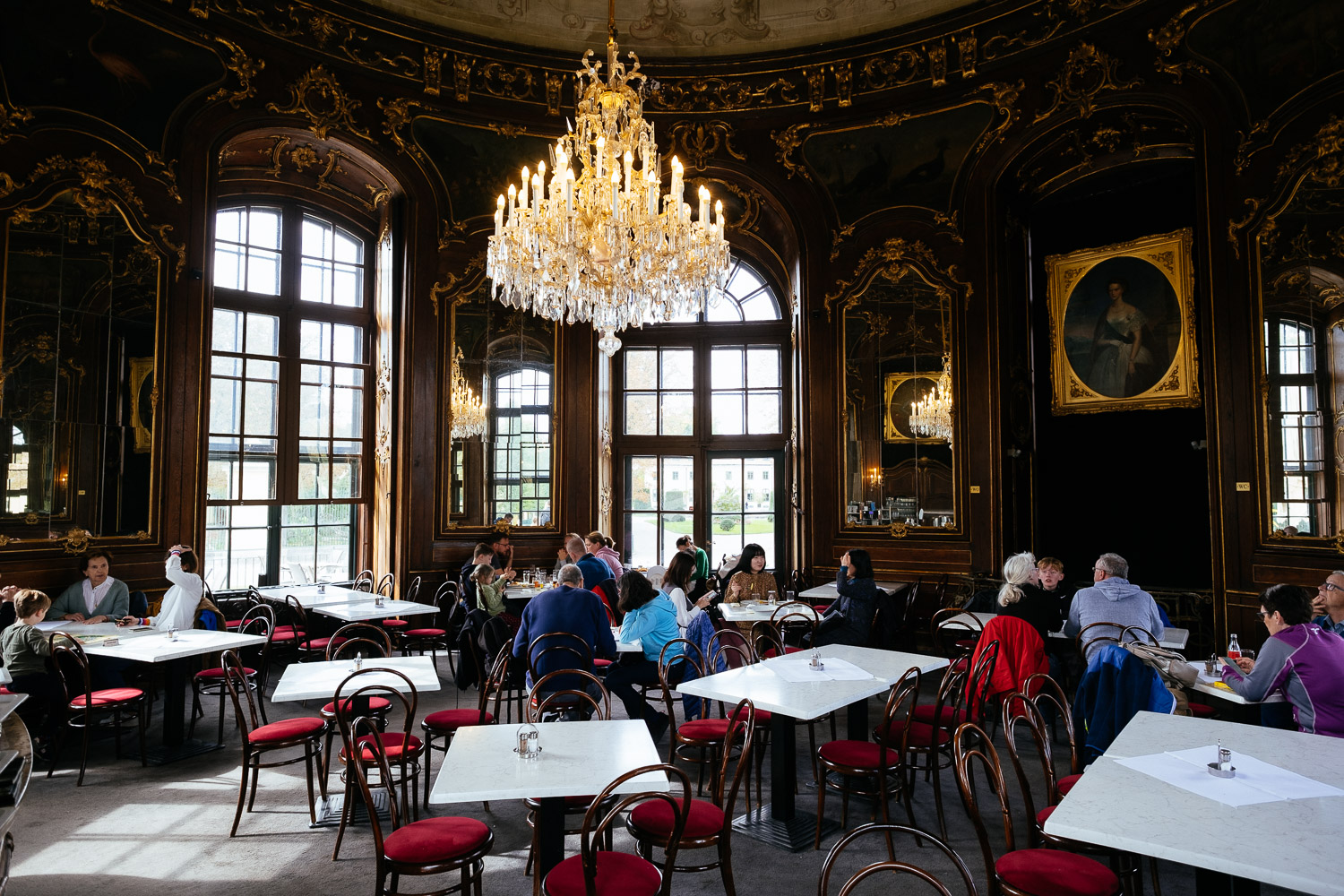 FUJIFILM X-H1 (50mm, f/4, 1/170 sec, ISO200)
FUJIFILM X-H1 (50mm, f/4, 1/170 sec, ISO200)
The zoo in Vienna is the oldest in the world, In the past I went here a lot to test new gear. This time the Fuji XF 50-140/2.8 OIS WR.
It is a long time since I came here the last time mainly because my photography has changed: From nature and bird photography to travel photography. Completely different fields with completely different gear. Now my longest lens is the 50-140. Perfectly fine for landscape and travel but far too short for bird photography and still a little short in a zoo.
As a consequence most images are taken with the lens at 140mm or with the converter at 196mm.
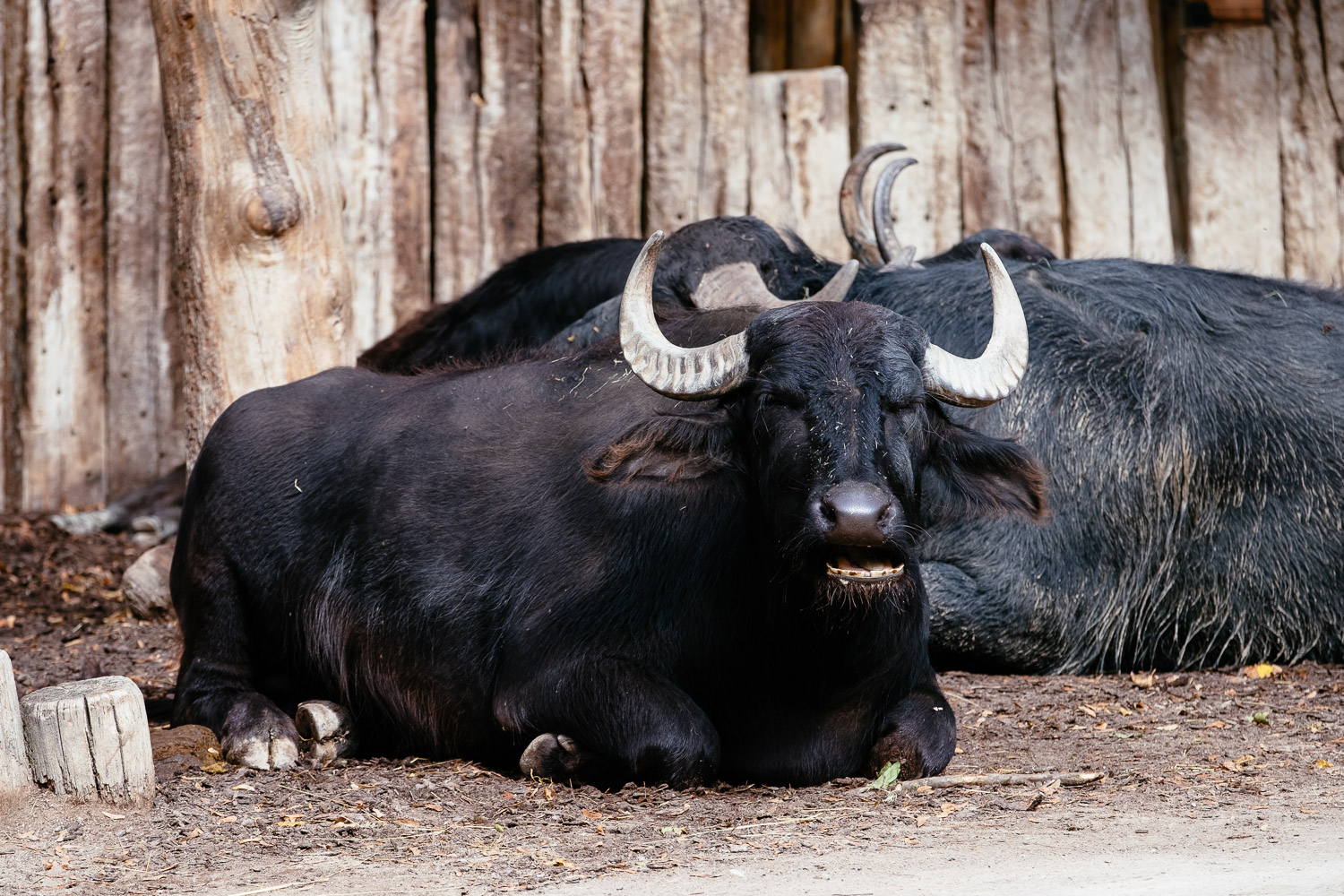 FUJIFILM X-H1 (140mm, f/4, 1/600 sec, ISO200)
FUJIFILM X-H1 (140mm, f/4, 1/600 sec, ISO200) FUJIFILM X-H1 (140mm, f/3.6, 1/680 sec, ISO200)
FUJIFILM X-H1 (140mm, f/3.6, 1/680 sec, ISO200)
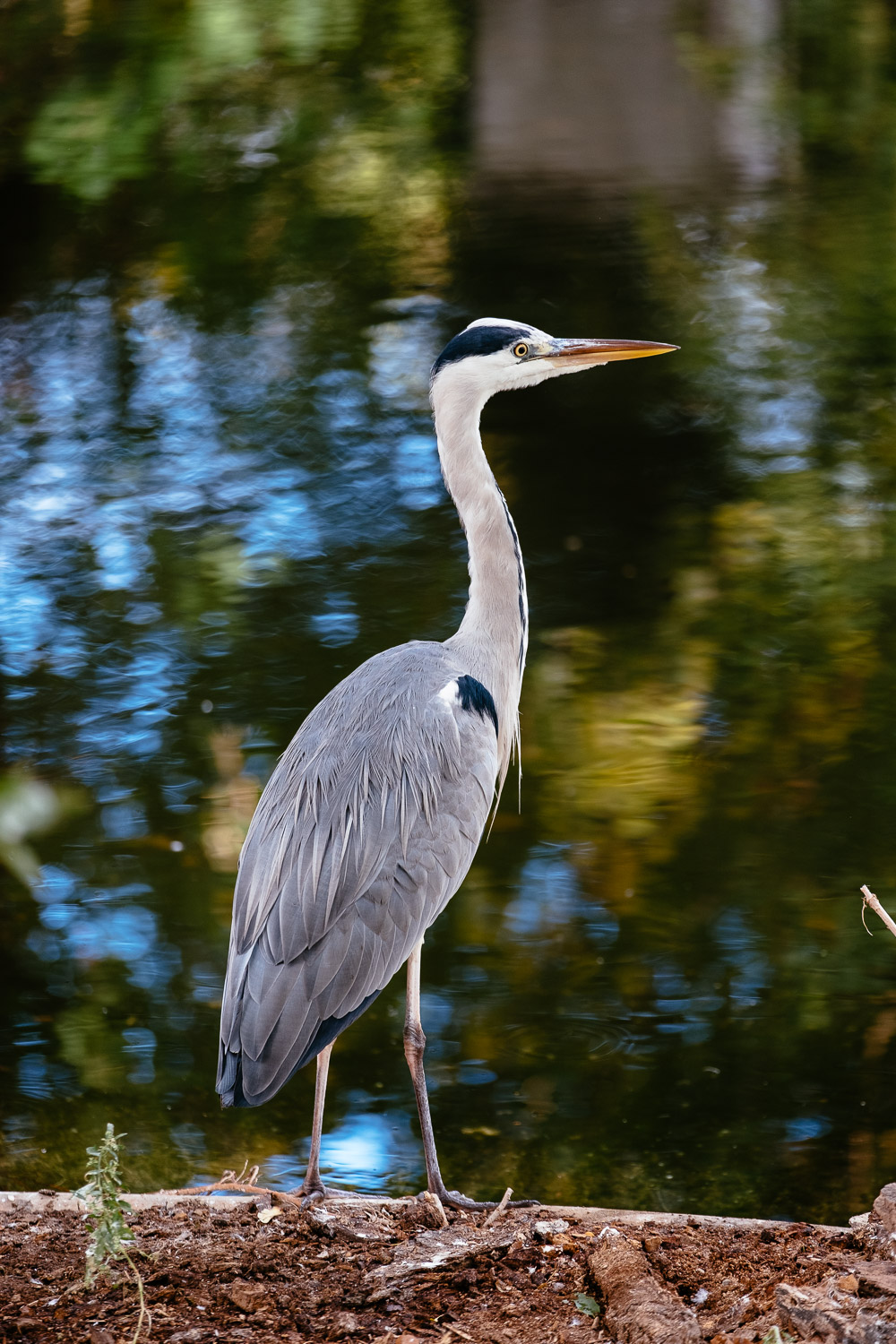 FUJIFILM X-H1 (134.4mm, f/2.8, 1/200 sec, ISO250)
FUJIFILM X-H1 (134.4mm, f/2.8, 1/200 sec, ISO250)
 FUJIFILM X-H1 (98.2mm, f/2.8, 1/1400 sec, ISO200)
FUJIFILM X-H1 (98.2mm, f/2.8, 1/1400 sec, ISO200)
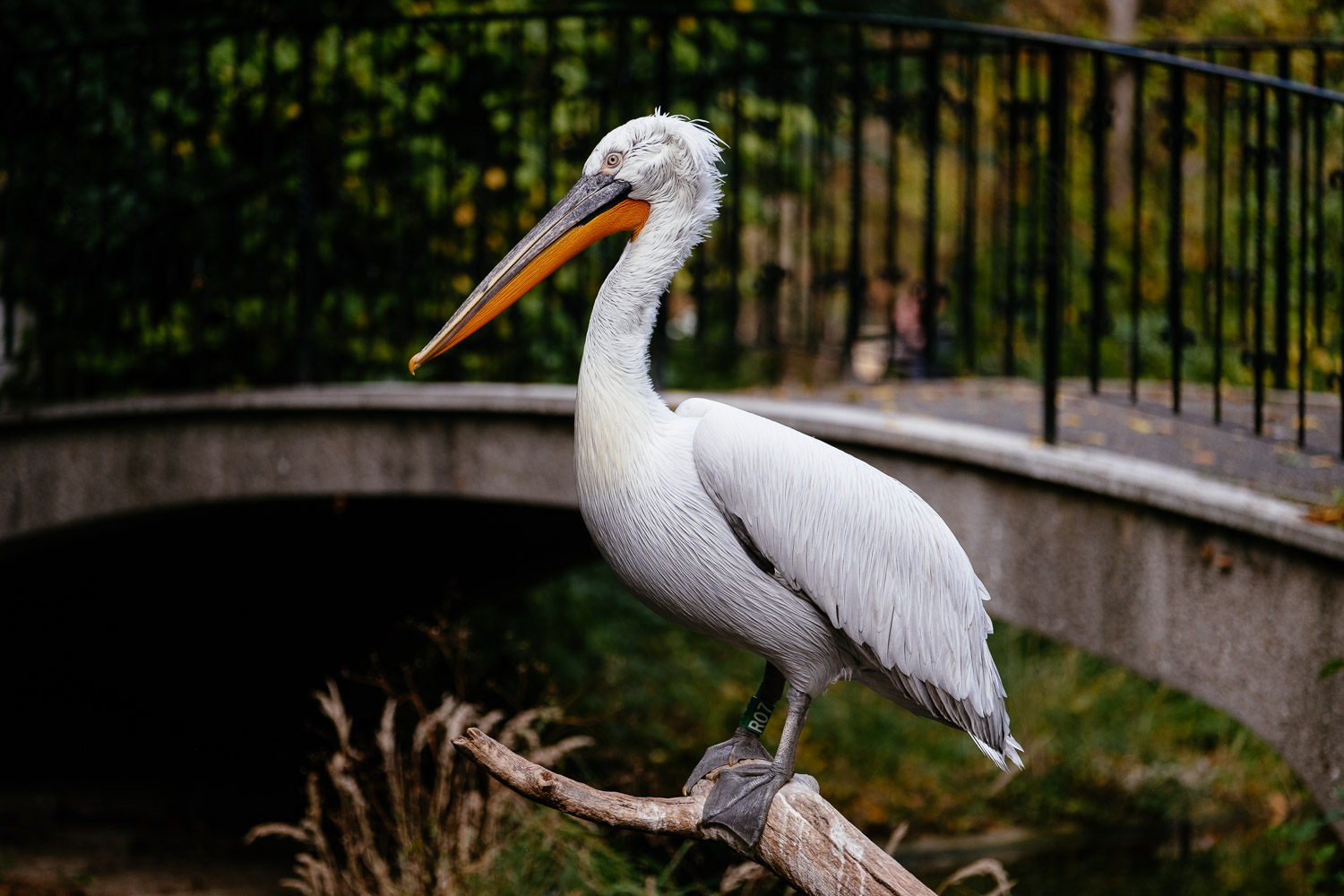 FUJIFILM X-H1 (119.2mm, f/2.8, 1/1250 sec, ISO200)
FUJIFILM X-H1 (119.2mm, f/2.8, 1/1250 sec, ISO200)
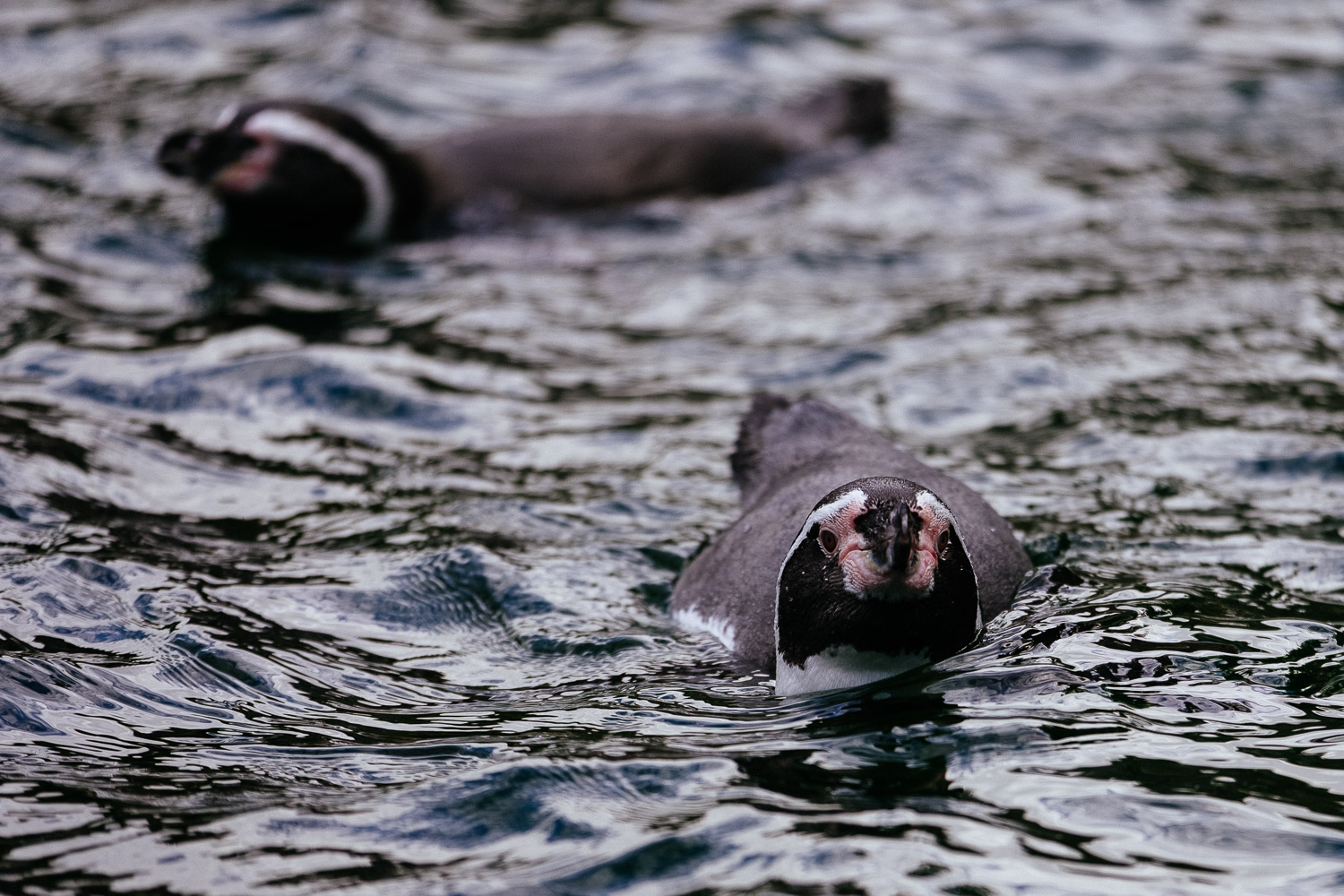 FUJIFILM X-H1 (140mm, f/2.8, 1/1500 sec, ISO200)
FUJIFILM X-H1 (140mm, f/2.8, 1/1500 sec, ISO200)
The good news first: The lens is sharp at 140mm@f2.8. I think this is the most important thing for a tele zoom and still something only the very best lenses achieve. I owned the Nikon 80-200/2.8 and later the 70-200/2.8VR, both were not sharp at f2.8. I also owned the Canon 70-200/4 IS which was very small and light but not as good as the Nikons. And the Canon 70-200/2.8 IS II which was a great lens and which was finally sharp at f2.8. The Fuji is in that class and even with the 1.4TC the image at 196mm@f4 is sharp which is very impressive.
In addition autofocus is fast and silent. I haven’t experienced any hunting even with the teleconverter. Everything perfect? Unfortunately not.
Here are the bad news. First of all f2.8@140mm on an APS-C sensor is not like f2.8/200 on a full frame sensor. The later offers much better subject isolation which can help to deal with busy backgrounds. And that’s important because you can’t always control the background. Especially in a zoo your options are limited. There are fences that you don’t want to show or toys to keep the animals busy and it is not easy to get a low viewpoint as some enclosures are at a slightly lower level. That means that you look down at the animals which is not what you would do when you take a picture of wildlife.
Zoo photography seems simple because the animals can’t go anywhere but in reality it is really hard to get good images in a zoo.
 FUJIFILM X-H1 (196mm, f/4, 1/250 sec, ISO200)
FUJIFILM X-H1 (196mm, f/4, 1/250 sec, ISO200)
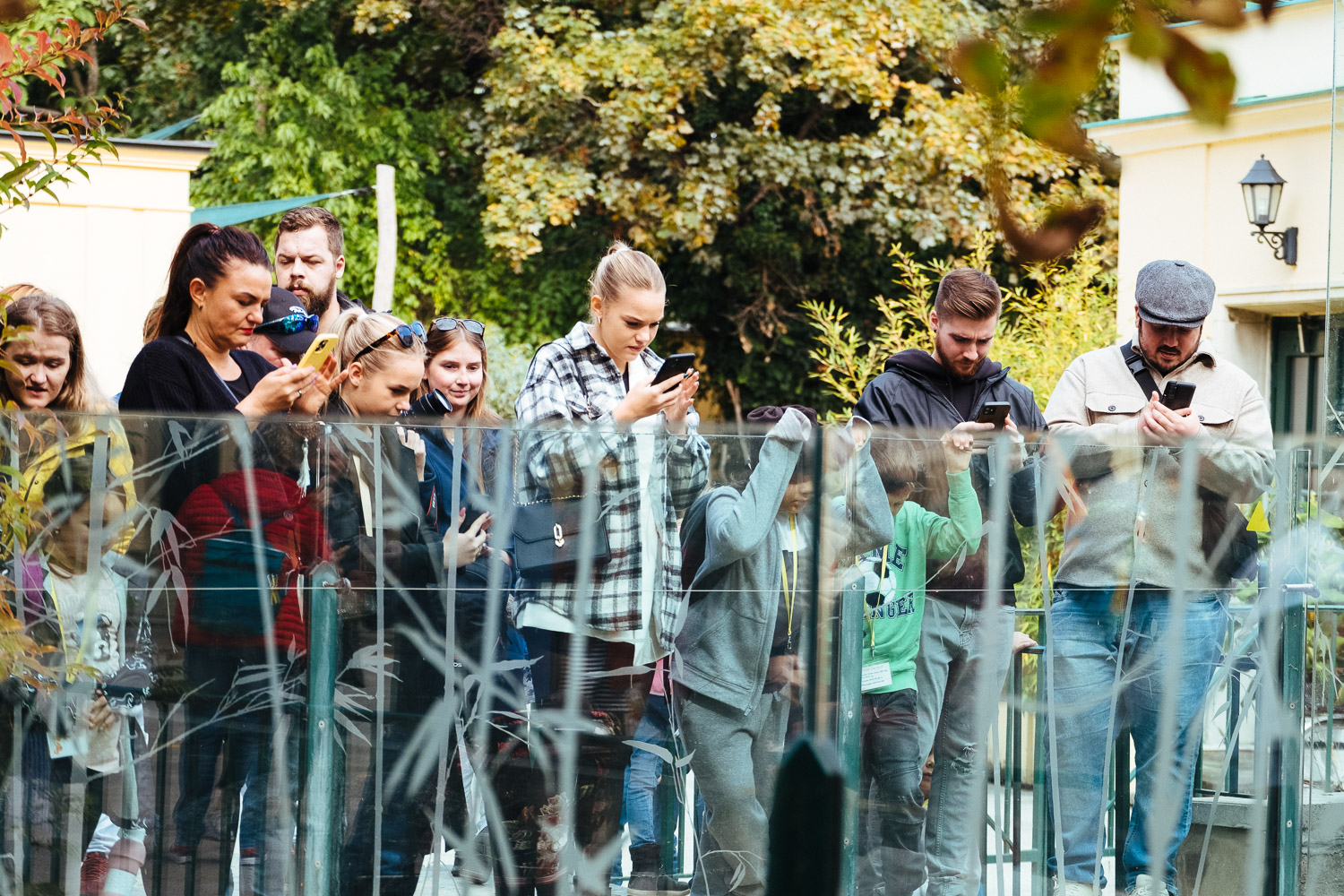 FUJIFILM X-H1 (78.8mm, f/4, 1/1000 sec, ISO800)
FUJIFILM X-H1 (78.8mm, f/4, 1/1000 sec, ISO800)
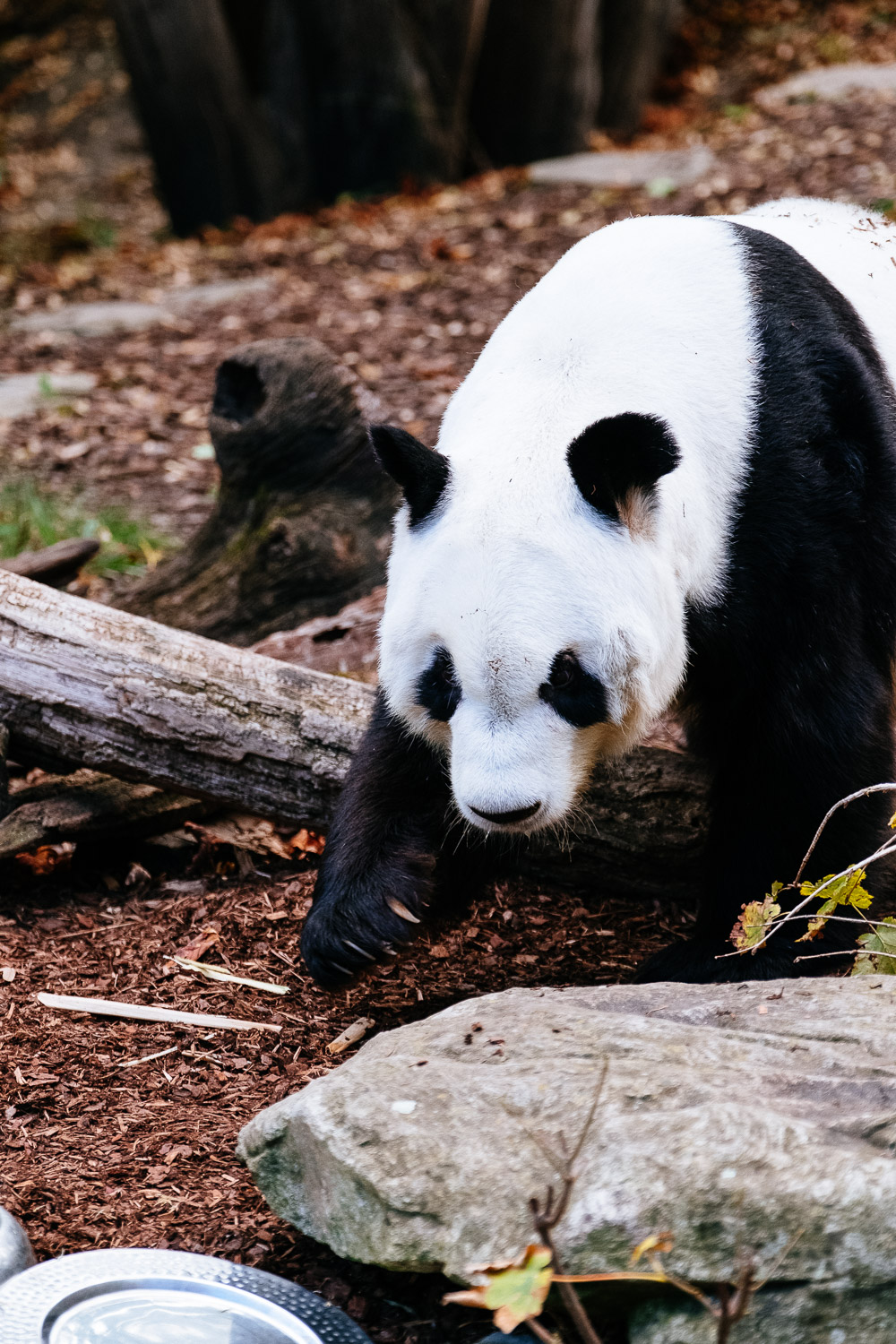 FUJIFILM X-H1 (137.5mm, f/4, 1/1000 sec, ISO1600)
FUJIFILM X-H1 (137.5mm, f/4, 1/1000 sec, ISO1600)
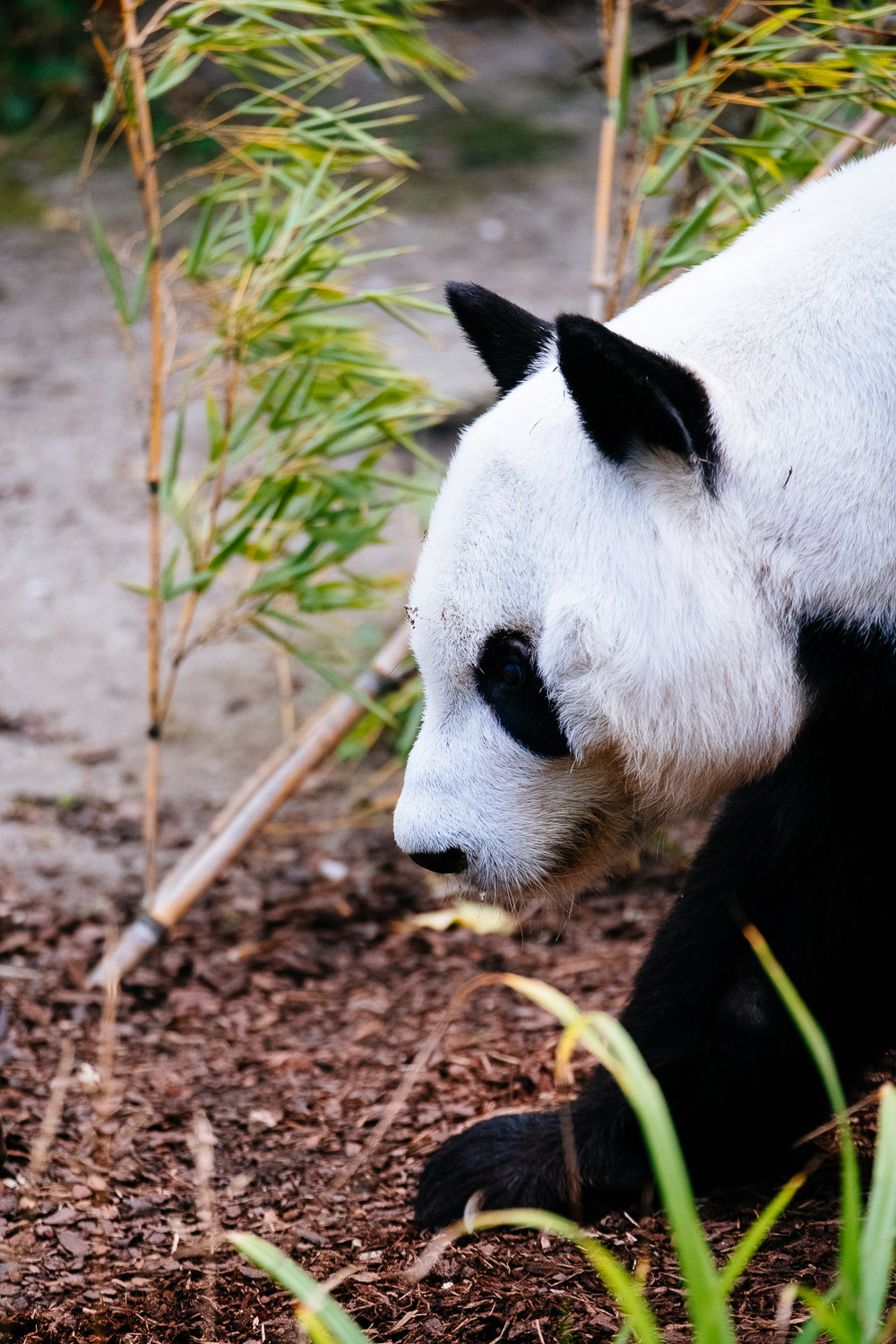 FUJIFILM X-H1 (196mm, f/4, 1/1000 sec, ISO1250)
FUJIFILM X-H1 (196mm, f/4, 1/1000 sec, ISO1250)
 FUJIFILM X-H1 (88.8mm, f/4, 1/500 sec, ISO320)
FUJIFILM X-H1 (88.8mm, f/4, 1/500 sec, ISO320)
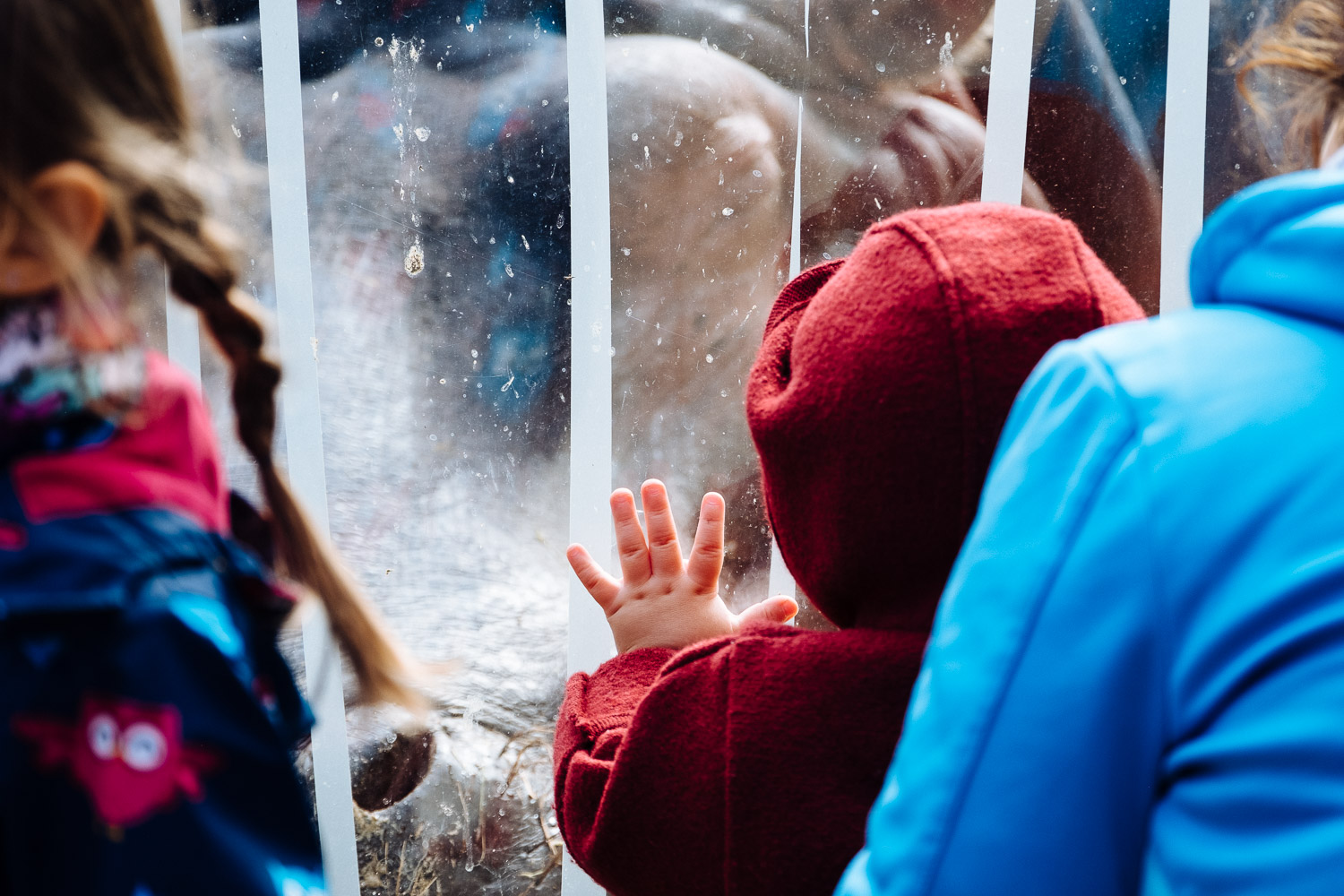 FUJIFILM X-H1 (161mm, f/4, 1/500 sec, ISO400)
FUJIFILM X-H1 (161mm, f/4, 1/500 sec, ISO400)
 FUJIFILM X-H1 (78.8mm, f/4, 1/500 sec, ISO320)
FUJIFILM X-H1 (78.8mm, f/4, 1/500 sec, ISO320)
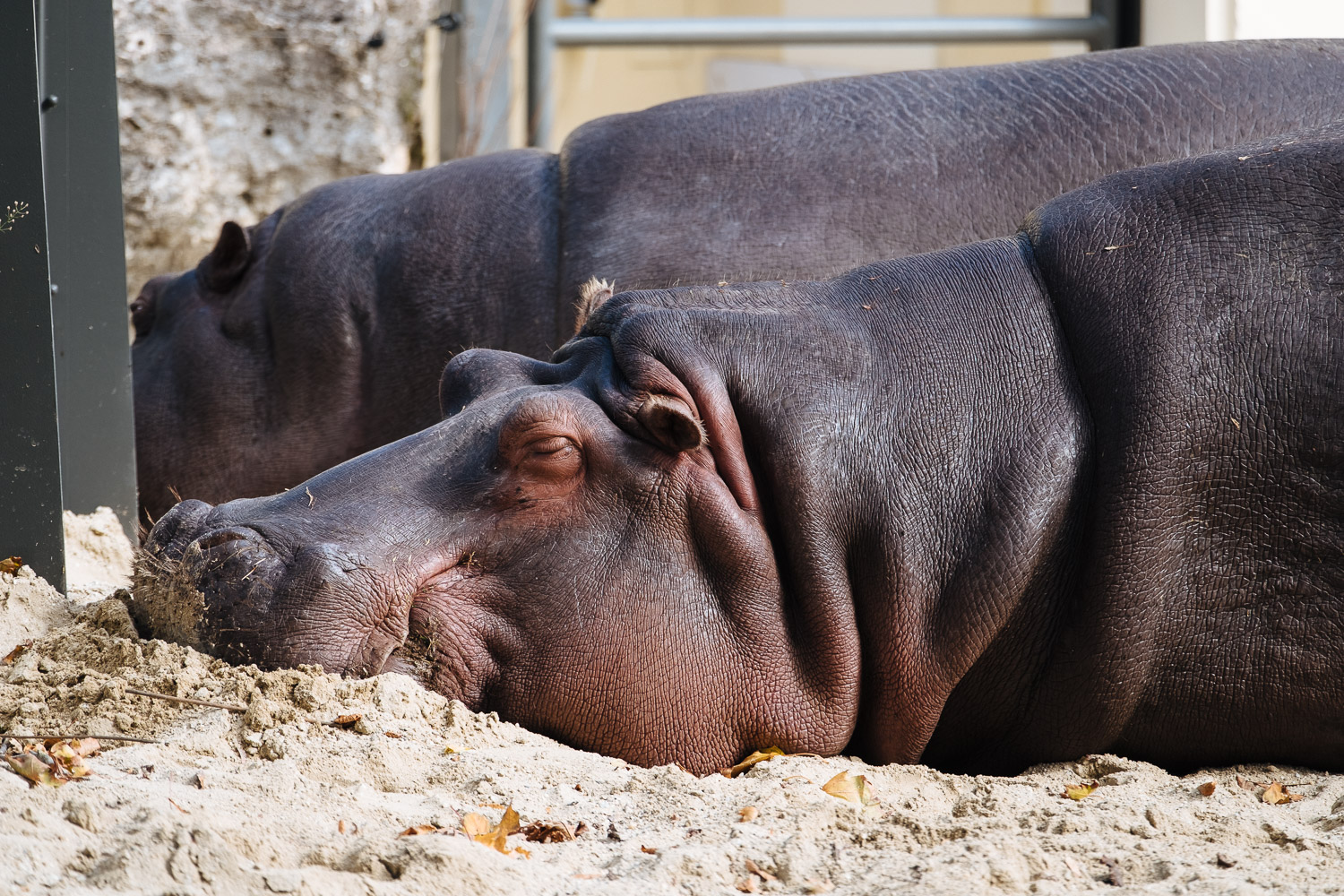 FUJIFILM X-H1 (196mm, f/4, 1/350 sec, ISO200)
FUJIFILM X-H1 (196mm, f/4, 1/350 sec, ISO200)
I usually try to focus on the animals and exclude the visitors as good as I can but sometimes the opposite makes sense. Like the people at the giant panda enclosure staring at their phones. Or the little girl looking at the gigantic hippo.
I talked about the bad news and already mentioned the lack of subject isolation when shot wide open. The second issue is the busy Bokeh. That’s not the same. One thing is the amount of blur and Bokeh describes how the out of focus areas are rendered. One is about quantity, the other one about quality. One describes how big a burger is and the other one how good it tastes.
The Fuji XF 50-140/2.8 OIS WR has not a massive amount of blur and the Bokeh is not prefect either. This is a lens where you have to watch the background. I think it is a result of the extreme sharpness and the high contrast of this lens. I experienced the same with my Nikon AF-S 2.8/300 IF-ED. The sharpest lens I have ever owned. Crazy sharp wide open even with the 1.4TC. Of course much better background separation compared to the Fuji but the Bokeh could also be harsh. Sunlit branches i.e. in the background looked very unpleasant. I loved this lens and the rendering of the Fuji reminds me of it.
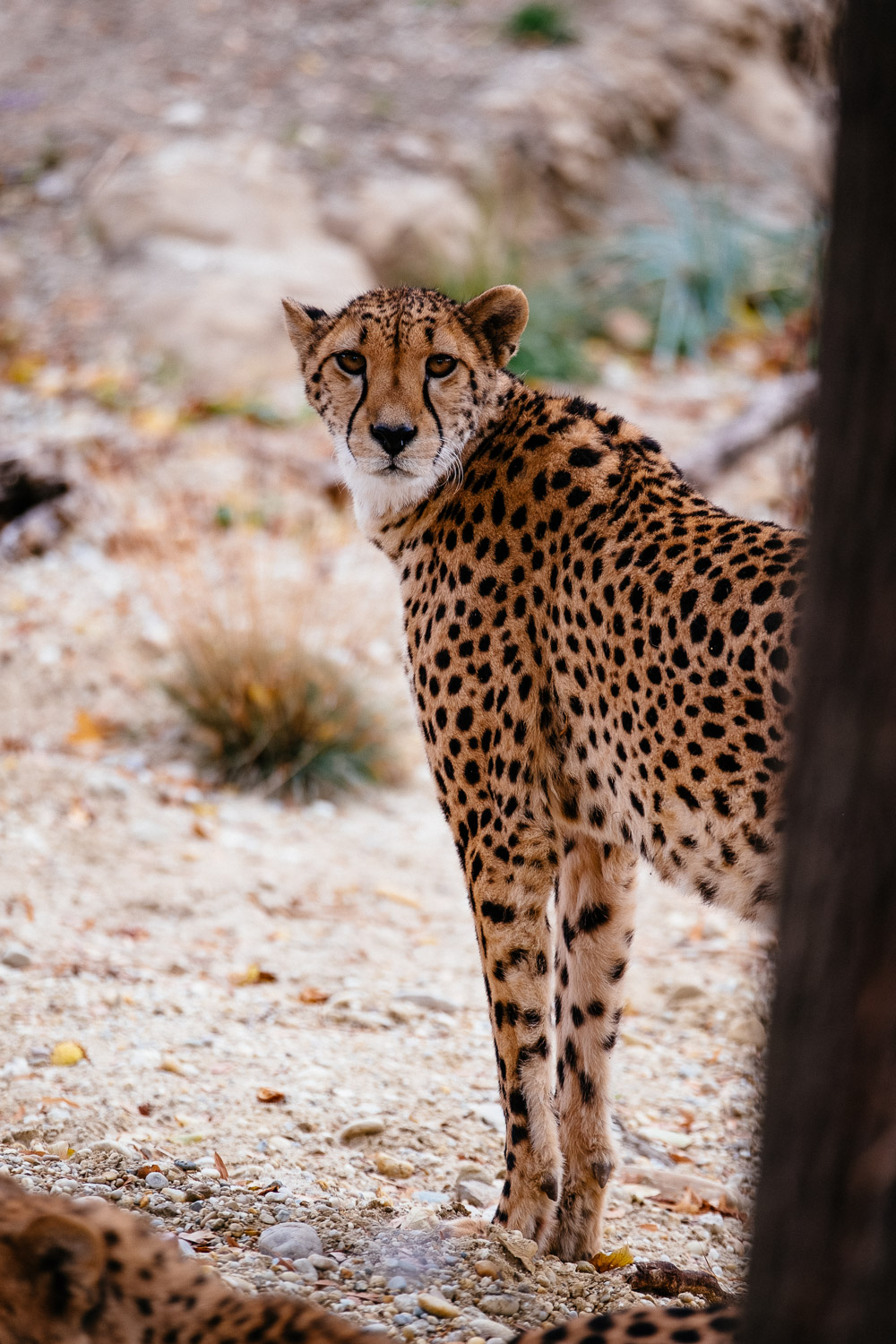 FUJIFILM X-H1 (196mm, f/4, 1/340 sec, ISO200)
FUJIFILM X-H1 (196mm, f/4, 1/340 sec, ISO200)
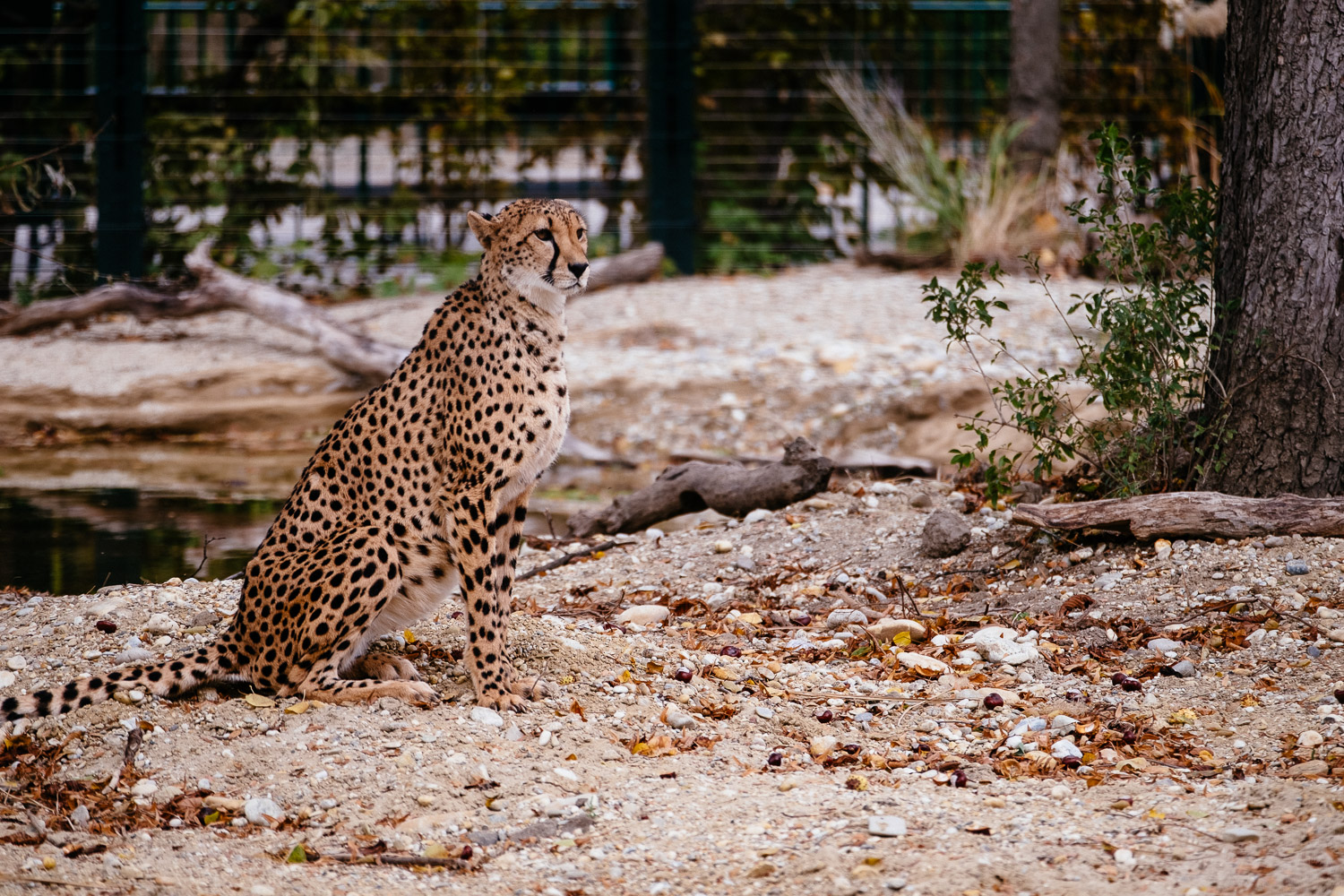 FUJIFILM X-H1 (196mm, f/4, 1/320 sec, ISO200)
FUJIFILM X-H1 (196mm, f/4, 1/320 sec, ISO200)
 FUJIFILM X-H1 (196mm, f/4, 1/200 sec, ISO320)
FUJIFILM X-H1 (196mm, f/4, 1/200 sec, ISO320)
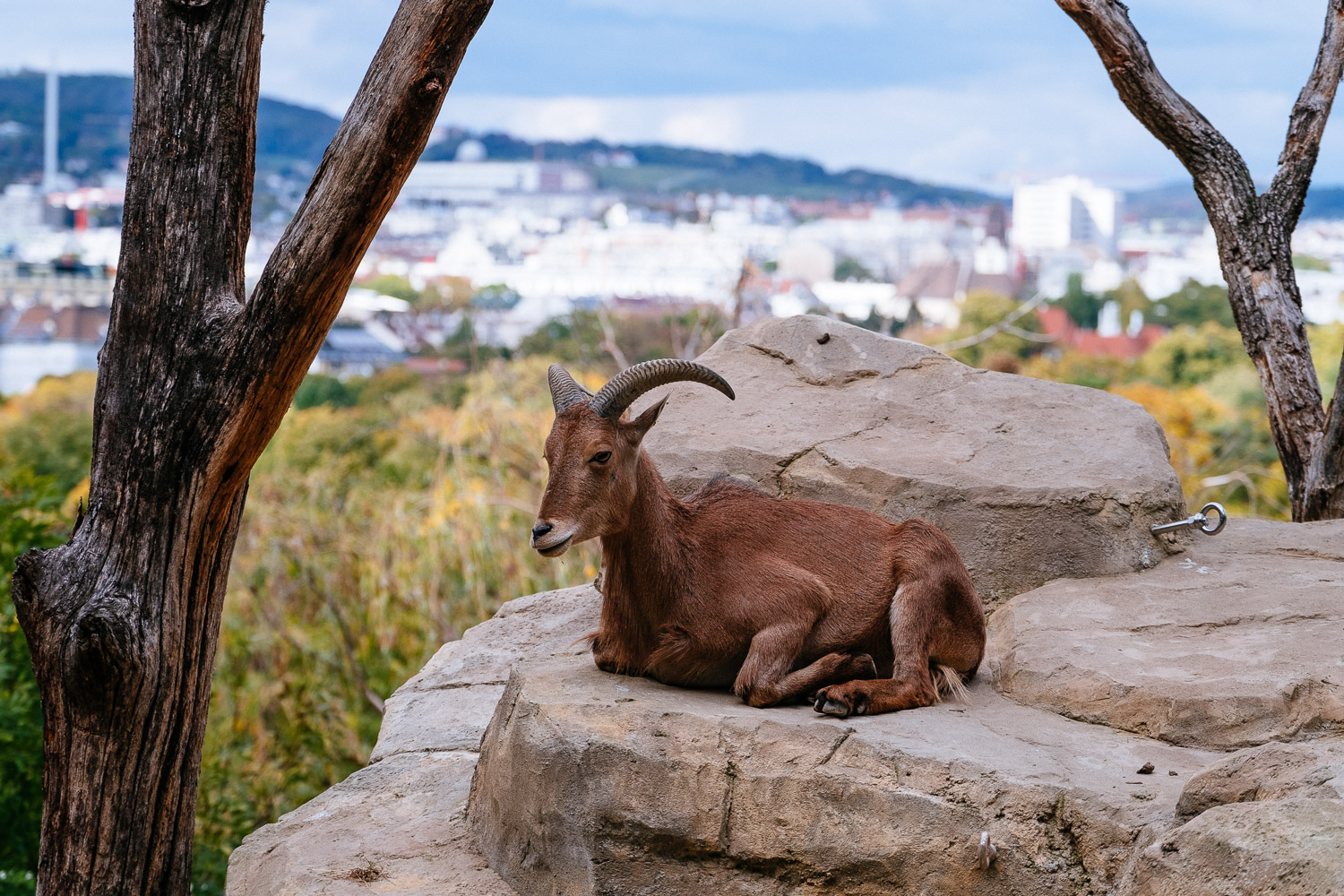 FUJIFILM X-H1 (88.8mm, f/4, 1/750 sec, ISO200)
FUJIFILM X-H1 (88.8mm, f/4, 1/750 sec, ISO200)
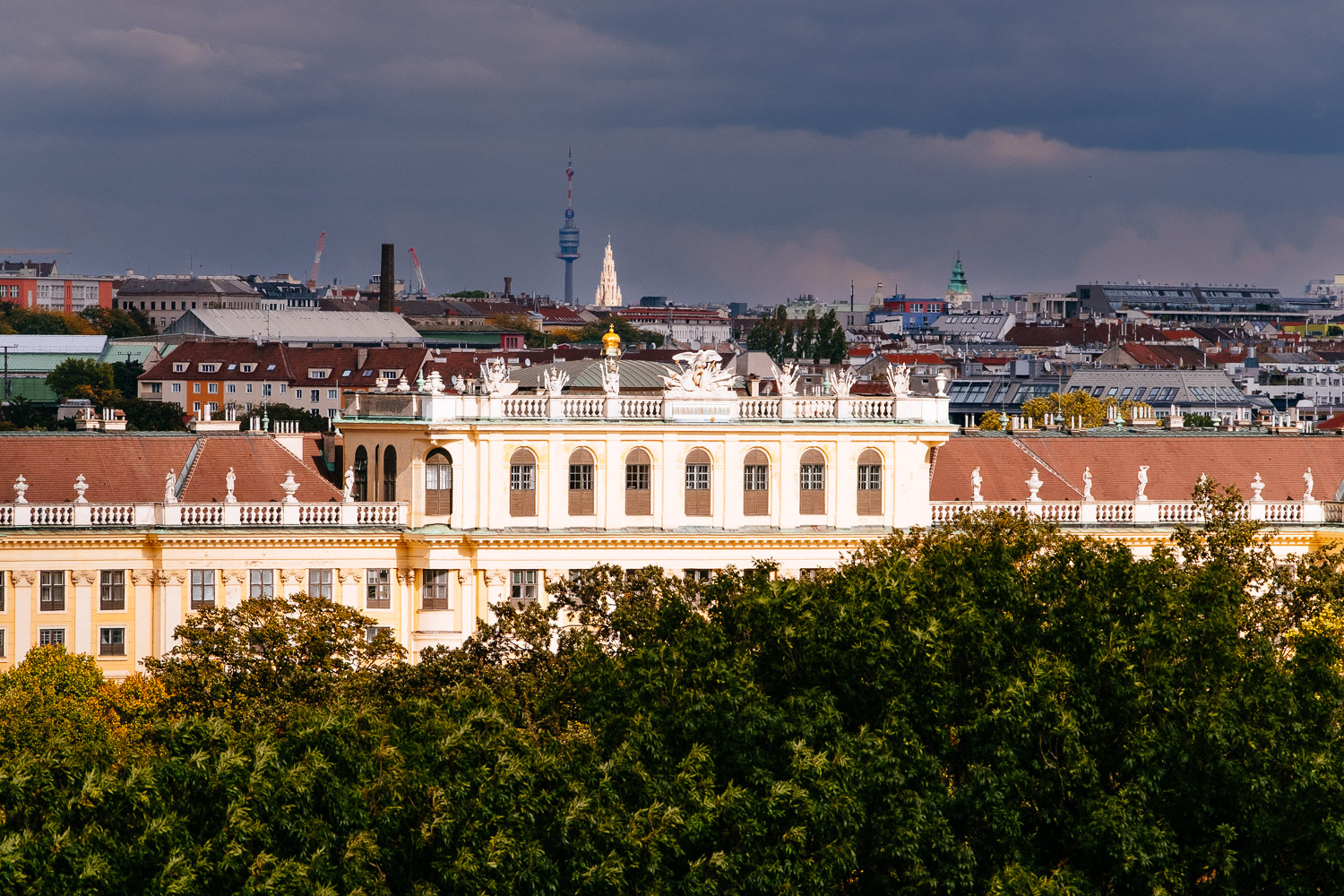 FUJIFILM X-H1 (196mm, f/8, 1/550 sec, ISO200)
FUJIFILM X-H1 (196mm, f/8, 1/550 sec, ISO200)
In my entry I mentioned that this is the oldest zoo in the world and that still shows but in a positive way. The old enclosures have been replaced with really large ones a long time ago. The animals have space to move around but the old buildings are still there. This blog post was focused on the animals and to test drive my 50-140 that I haven’t shot a lot since I got it but if you visit the Tiergarten Schönbrunn make sure to bring a wide angle lens too.
And another top tip. Don’t eat in the zoo. There are plenty of better options outside also regarding cake and coffee. If you want to stay in an imperial setting get your cake in the nearby Gloriette.

